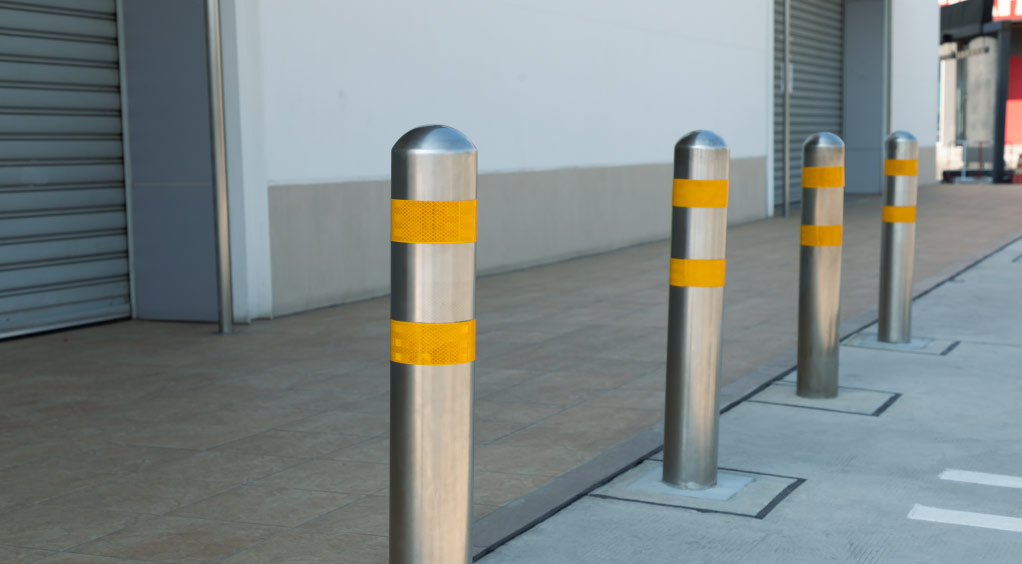
Escalators vs. Travelators vs. Elevators Where Does Each Fit Best
-
by Amelia
- 3
Entrances to buildings, malls, airports, and metro stations all need a free flow without any obstruction or jostle. But which solution is best? There is a time and a place for escalators, travelators, and elevators. So, let’s get into where each gives you the best.
Escalators| Best for Up and Down, Vertical Transitioning
Escalators are staircases that go up and down. They are intended to transport people in a vertical bidirectional movement with a continuous flow. You see these regularly in shopping malls, airports, and train stations. Escalators do manage a lot of foot traffic. It keeps people moving with no need to wait. They also promote rapid floor-to-floor transitions. They are big space consumers, though there must be room for them to be set up. They are not well suited for extremely low vertical space.
Travelators| Ideal for Long, Flat Distances
Travelators called moving walkways, are typically flat or low-angle expended paths. Best for long, horizontal gaps. You see them most often at airports. Travellers mean people can move fast along endless corridors. They are also perfect for people with cumbersome bags or mobility issues. They don’t lift people very far, unlike escalators. They get you faster and easier from point A to point B.
Lifts| The Most Efficient Mode of Vertical Transportation in High Buildings
The elevator is an enclosed cabin that travels vertically between floors. Perfect for skyscrapers, hospitals, hotels, and high-end residential towers. Elevators move people and goods quickly. They are indispensable when the rise is too vital for regular elevators or stair-lifts. Elevators efficiently transport multiple floors of people and things. They are also a better choice for people with disabilities. Elevators and bollards cost more to install and maintain, but they are a critical system in high rises.
Choosing the Right Option
Escalator, travelator, elevator, we compare to what kind of building and in what type of system? Escalators are the answer if your space has a vertical orientation and lots of foot traffic. You need a travelator to shuffle people over stomped, flat spaces. An elevator is necessary if you have multiple levels or require mobility support. The design of each solution is tailored to a different locomotive problem. Having the right one can improve flow, efficiency, and user experience.
Safety Considerations
All three systems require safety. Escalators require optimal step design and must be checked periodically to avoid accidents. Travellers need to be well-indicated and use handrails to guide them. Lifts need emergency alarms, backup power supplies, and routine maintenance. Safety regulations must be adhered to keep users safe.
Energy Efficiency Matters
The level of energy consumption differs among appliances. Travelators and escalators operate around the clock and use more electricity. Modern buildings with sectional doors can be great sources of energy savings because they have motion sensors that conserve energy during off-hours. Today, elevators are much more energy efficient, with intelligent control systems and regenerative drives. Opting for power-saving models helps save expenses and negative environmental impact.
Maintenance and Durability
It helps systems function smoothly, requiring maintenance but not yet beyond repair. Escalators must be cleaned, and steps and belts must be inspected. Travelators will need lubrication and motor tests. Escalators require cable inspections, door alignment, and system checks. Proper maintenance provides longevity and keeps the user safe.
Cost Factors to Consider
The initial and operational costs are widely different. Escalators and travelators are relatively expensive to install but cheaper to maintain than elevators. The initial cost and maintenance cost of elevators are costly. But large elevators aren’t worth as much in short buildings as in tall ones. There is never enough money. Always keep an eye on long-term needs.
User Experience and Comfort
Comfort also influences user satisfaction. Escalators provide steady, predictable journeys. Moving walkways is like taking a soft ride on the lazy street. Lifts offer a private, quiet ride and require minimal work. The selection should be consistent with user expectations and building function for best results.
Accessibility for All Users
The focus is on accessibility now. The elevators are ideal for wheelchair users and people with disabilities. Escalators and travelators assist but are not inclusive. Their only option is to plan mobility solutions that serve everyone equally.
Environmental Impact
Sustainability is becoming even more critical. Elevators have strived to cut the energy consumption of their elevators and escalators, helping reduce their purchasers’ carbon footprints. The intelligent sensors reduce power wastage. Green systems are gradually gaining preference, with builders sticking to green building regulations.
Space Requirements
Different space planning is required for each system. Escalators and moving walkways need long, uninterrupted spaces. The elevator requires a vertical shaft but less floor space. Architects need to plan for the right system to fit correctly.
Speed and Capacity
The system determines speed and capacity. Escalators whisk a large crowd from one place to another in much less time but at a gradual clip. There are even travelators for rapid travel over long distances. Still, that line of inquiry always led to dead ends and jackpots you earned by charting the strange topography of the elevators, which could get you few people at once but could zip you up and down multiple floors in seconds.
Bottom line: Trends to Watch for in Mobility Solutions
Technology is changing how people move around. Touchless, controlled smart elevators are rocketing ahead. Escalators are now equipped with UV sanitization. Travelers are getting less noisy and smaller. Here’s to an even more innovative, more sustainable, and more efficient mobility for the future. Innovation will continue to refine how we travel within buildings.
